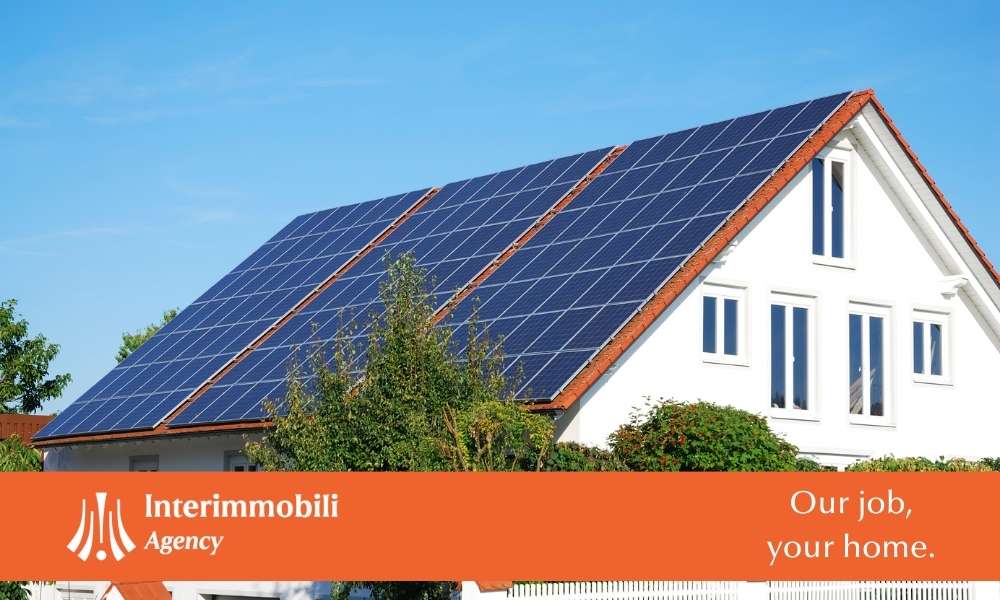
News
The Passive House: A New Concept in Living that reduces Environmental Impact
11/Apr/2022
Articles
What is a Passive House?
The passive house, or Passivhaus, was born thirty years ago in Germany based on the concept of construction physicist Wolfgang Feist to create a house that could make use of natural energy in both winter and summer to reduce consumption to nearly zero through the use of passive devices.
A sustainable building approach that answers the needs of energy-saving by taking advantage of renewable energy sources, low environmental impact and sustainability, and which is spreading both in Italy and throughout the world.
Today, in the wake of intensive studies, the passive house has become a certified international building standard with a guaranteed protocol.
What are the requirements of a passive house?
The passive house is based on two basic principles: a high level of thermal insulation and use of passive energy from both solar panels and the materials of which the house is made, because the house does not contain radiators, boilers or air conditioners.
The initial, basic requisite of this type of house is its exposure, which must be optimal to capture the sun’s heat and light.
The other requisites are: compact spatial area, thermal and hermetic doors and windows (triple glass), insulated walls, reduction of thermal bridges, and ventilation systems designed to recover the heat coming from both walls and windows and the occupants or appliances.
Homes can also be renovated to transform them into passive houses.
A truly “green” home that offers an optimal lifestyle
This concept is stimulating innovation toward the use and study of increasingly-ecosustainable materials and living systems, and is also being extended to larger structures such as complexes and hospitals.
What we have is a “green home” that reduces energy costs by 90% compared with traditional houses, and by 75% compared with new-builds, with significant savings in utility bills.
It is built using quality materials, first-and-foremost wood, but also hemp fiber and lime or cork, which respect the environment. In addition, the mechanical ventilation and air recycling and filtering system means the air being breathed is always clean, with significant advantages also for the well-being of those who live there.
An investment that involves a slight increase in initial expenditures (which vary depending on climate and the materials selected), but a subsequent recovery through lower utility bills and savings in healthcare costs.
Article by: Interimmobili Agency studies office
